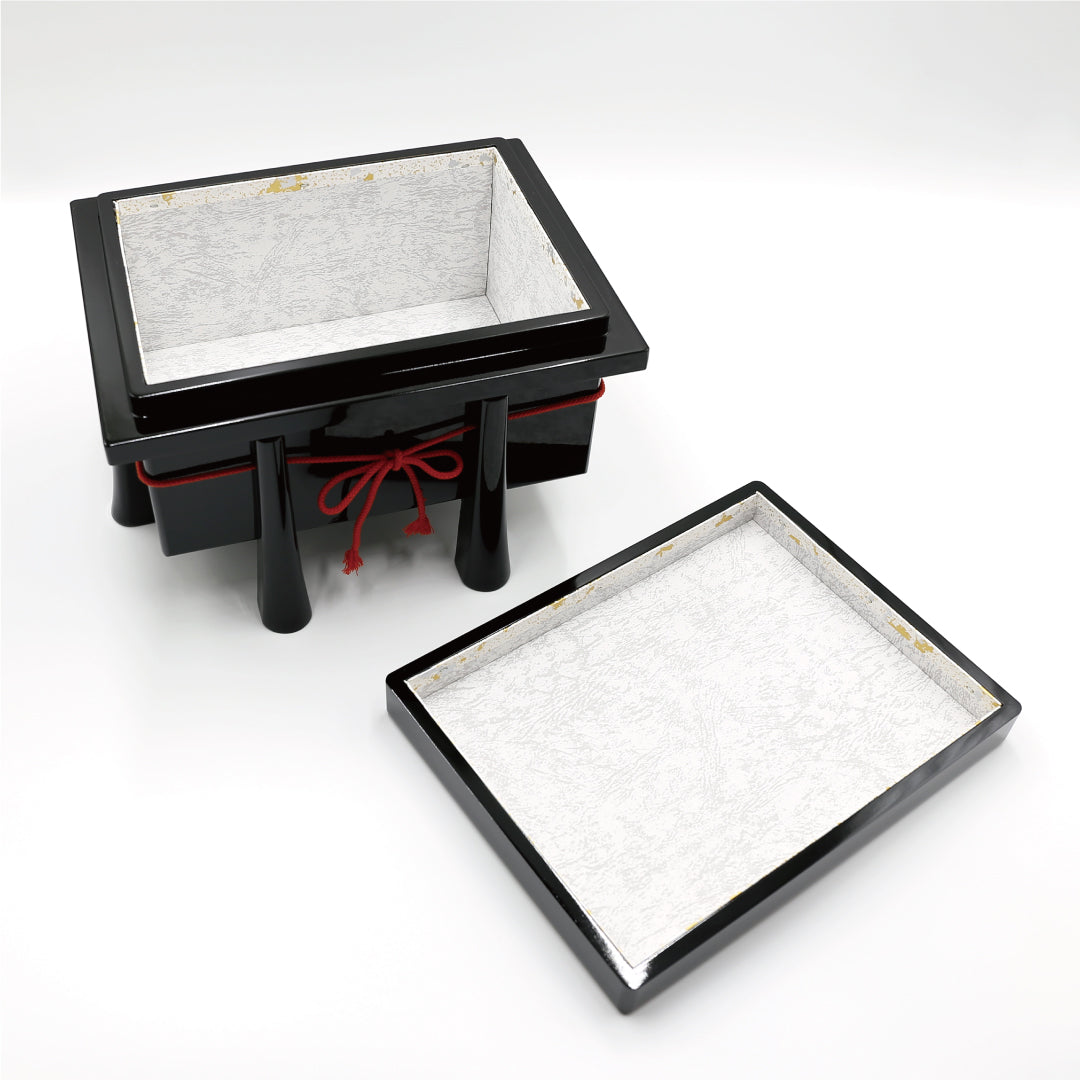
The sun ring, which resembles the "sun ring," is considered to be auspicious when it is connected in a circle. This helmet ornament features a sun ring frontlet, based on the motif of the great sun. This is a work by Bessho Mitsumasa, and its back view, with its densely packed, thin, individually decorated threads, is also beautiful.
A one-of-a-kind helmet ornament made with Japan's finest craftsmanship
Master craftsman, Minoru Bessho

A unique piece made with the highest level of skill in Japan. Bessho Sanemasa is a solitary armor maker who stands out from the rest.
The technical skill that combines engraving and forging techniques produces exquisite pieces. They have a splendor within their strength. They have a profound feeling that is unlike any other.
It will become a work of art that will stand the test of time and be beautifully displayed forever.


Japan's finest intricate and delicate engraving
The hoe-shaped base, round metal fittings on the back of the sash, and bottom fittings are all made by drilling 0.7mm holes in each place and then cutting and drilling holes with a jigsaw in a series of steps.
Unlike drilling holes using general etching processes, this method allows for high precision in thick, deep, and detailed areas, resulting in the creation of exquisite decorative fittings.
They are made using the metalworking technique of hammering copper plates over and over to create the intricate leaf patterns and shapes. Because they can only be made by hand, they are masterpieces that are imbued with the artist's passion.
Techniques for weaving Odoshiito threads
The decorative threads used are thinner than those used in a typical helmet of the same size, and the back of the helmet, with its thin, densely packed, beautifully lined up, gives a clear indication of the craftsman's careful work.
The beauty and abundance of "gaps" in overlapping pots
A meticulous structure of rivets and gaps
There are several vertical lines (called "ma") running from the top of the pot to the bottom. Metal plates are attached to the spaces between these lines. If the spacing is even slightly off, the pot will not look nice.
The delicacy, like an accessory, is a beauty that only Jitsumasa can express.

Exquisite engraving, all done by hand




About the display stand
This is a standard helmet ornament that comes with a chest for storing the helmet.
Table size: Width 300mm x Depth 230mm x Height 205mm
Bessho Minoru's works have the quality of art and crafts that sets them apart from mass-produced items.
These high-quality items, chosen with an adult's perspective, are timeless and are festival decorations that you will want to display even after your child has grown up healthy and become an adult.
Please enjoy this wonderful Tango Festival, which will bring smiles to the faces of your whole family for years to come.
Artist Profile
Armorer: Bessho Jissho
Born in Asakusa, Tokyo, he is engaged in armor production. He has devoted himself to the study of armor and swords from the Heian period to the end of the Edo period, and is engaged in the production of armor using techniques such as engraving, cutting, and metalworking. He has produced high-quality helmets suitable for modern life while making use of traditional techniques, such as the compact type helmet of Date Masamune.
Born in Asakusa, Tokyo in 1954.
In 1972, he began working on armor production under the guidance of his father, the second-generation master, Sanemasa.
Became independent in 1983.
He succeeded to the name of Bessho Sanemasa III.
In 1993, repairs were made to the metalwork on a chest owned by Kawagoe Kita-in Temple.
In 1999, armor attributed to Lord Kusunoki Masashige, a set of domaru armor with a helmet and three 鍬形 (helmet crest) on the front, was made.
2001 Tokugawa Ieyasu "Daikoku Head Cloth Helmet"
Toyotomi Hideyoshi's "Black Lacquer Horse-Rounded Helmet"
We will announce the production of Kuroda Nagamasa's "Black Lacquer Silver Foil Helmet."
In 2004, he released a creative helmet with an original front plate.
In 2007, a compact Date Masamune helmet was released.
In 2009, a replica of the "Saito Sanemori's helmet, a treasure of Tada Shrine" was made in Komatsu City, Ishikawa Prefecture.
In 2017, he held his first solo exhibition at Higashitama in Saitama City.



















